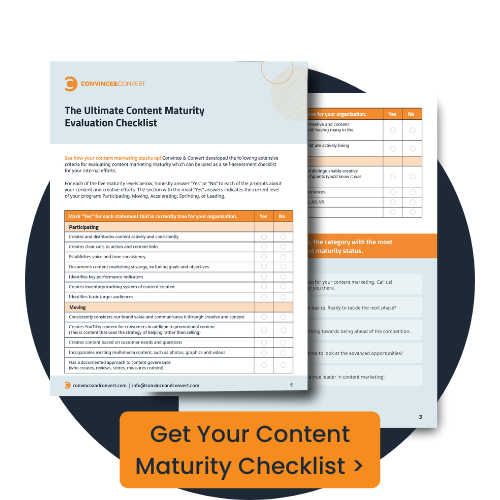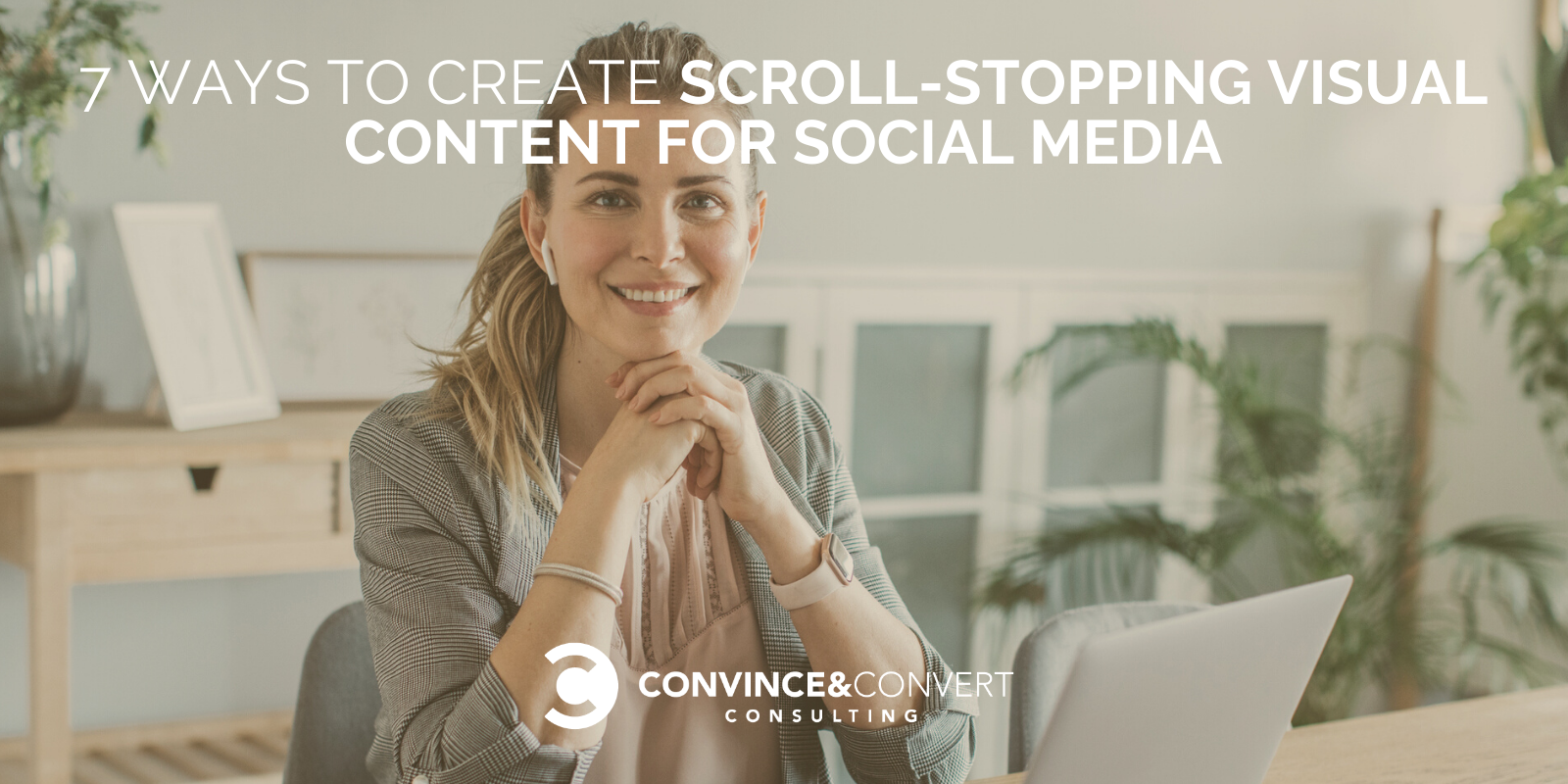
The use of social media for brands is nearly universal. Statista claims 94% of consumer marketers use Facebook, while 94% of B2B marketers use LinkedIn. Twitter’s in second place for both.
So, in the war zone that is social media, brands battle for attention. Organic or paid, they must come to grips with the reality that as content is relentlessly blasted from fire hoses, engagement has become increasingly elusive. Recent data from RivalIQ puts average Facebook engagement at .09%.
It’s no secret the vast majority of marketers rely on visuals to draw attention to their posts. However, social media marketers often lack the skills or resources to consistently create engaging visuals, so they go the easy route—and suffer the consequences.
For example, stock photos are the top choice for visual content. Research from Venngage states 40% rely on stock photos but only 13% claim it helped them reach their marketing goals.
Of course, there are all kinds of strategies for visual marketing and a mesmerizing array of tools for creating it. In this post, we’ll look at some smart ways to standout and command the attention of the high-speed scroller as well as some of the tools that help make non-designers create more tantalizing visual elements.
1. Put your images in motion
Cinemagraphs add motion to still photos. They can be packaged as GIFs or videos, depending on the application needed. In a social feed, a cinemagraph as a GIF will loop and present one or more elements in motion.
“Cutting through the clutter in today’s era of infobesity is harder than ever, and this may be the media that does it,” writes author and social media strategist Jessica Gioglio in a post on Convince and Convert.
Motionleap (formerly known as Pixaloop) is an app that makes photo animation fun and easy with a plethora of special effects, elements, backgrounds, overlays, and more. Users often add splashes and flashes, add camera motion, and use effects to make the weather more dramatic.
2. Spell out your message
While scrolling through my Facebook feed, I had to stop to read the following ad simply because its all type message was presented just a few words at a time. Where a static post like this might not have caught my eye, the “slow feed” approach not only introduced motion, but a sense of suspense that kept me around until the entire message was spelled out.
Creatopy (formerly known as BannerSnack) allows you to place text, images, buttons and art to create animated graphics for social media visuals. You can get started and finish fast by using over 1,000 templates for Facebook, Instagram, YouTube and Twitter.
3. Stylize your stories
The blog at Hootsuite says 500 million people use Instagram stories every day and add that one-third of the most viewed stories come from businesses. Stories is not only a huge part of Instagram’s popularity, it’s a big (and growing) hit on Facebook. LinkedIn’s even got in on the stories action now.
Clearly, stories are an important channel for brands and offer a way to deliver fun content that looks and feels more personalized. While the stories feature of the various channels give you a fair amount of flexibility to present visual content the way you like, there are now apps available that elevate story creation to an art form.
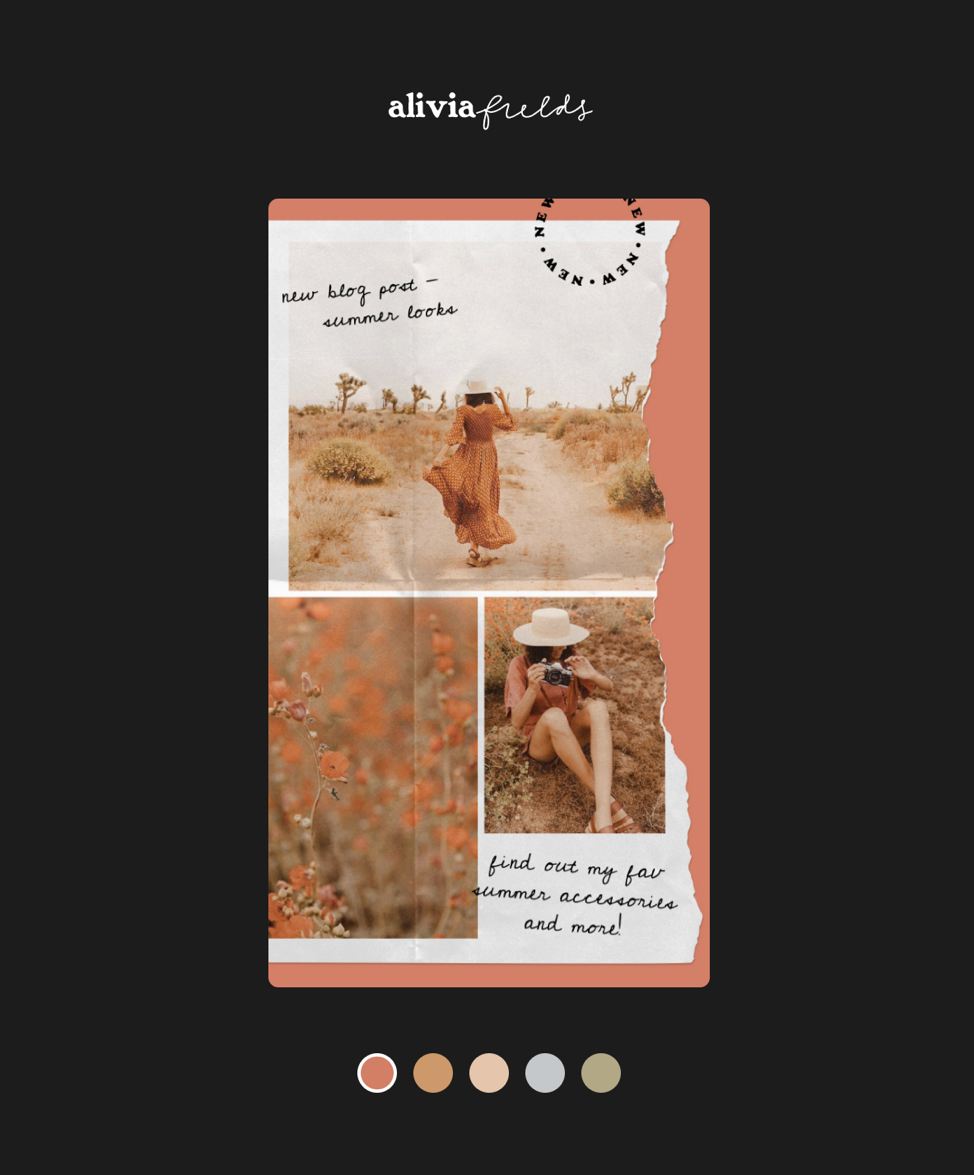
Unfold is an iPhone app from SquareSpace that makes it easy to create engaging stories by starting with elegant templates. You can add photo filters, stickers, textures and backgrounds. A brand kit is available to make it easy to re-use assets such as colors, fonts and logos for consistent branding. The example above comes from the brands page on the Unfold site, which demonstrates how the brand kit is applied.
4. Start with storyboards or templates
The time and talent it takes to make video chases many marketers away. Understandably, the prospect of scripting, casting, staging, lighting, and editing is not for everybody. If that’s you, stay tuned for two irresistible solutions.
Check out Openstories. While you can go the manual route, you can kickstart the process by entering a paragraph or URL. An AI video editor converts your content to videos. You can edit the content (both text and images), apply a theme you like, select music, and/or add voice-over.
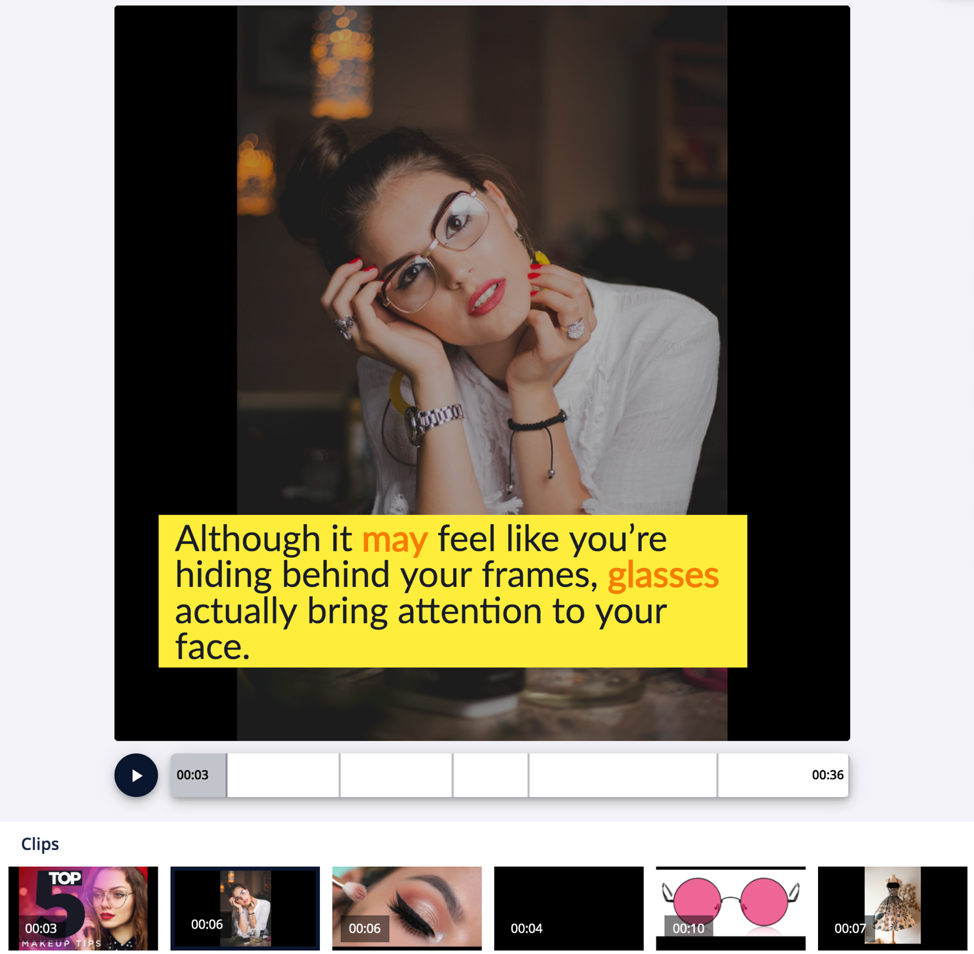
Boosted is both a web and mobile app that makes it insanely simple to quickly create one-shot video ads for social media. It’s ideal for promoting a product, sale, event, and more. You start with a template optimized for the social media channel of choice and then customize each media element as needed. Pixabay video clips are offered free or you can upload your own video or image.
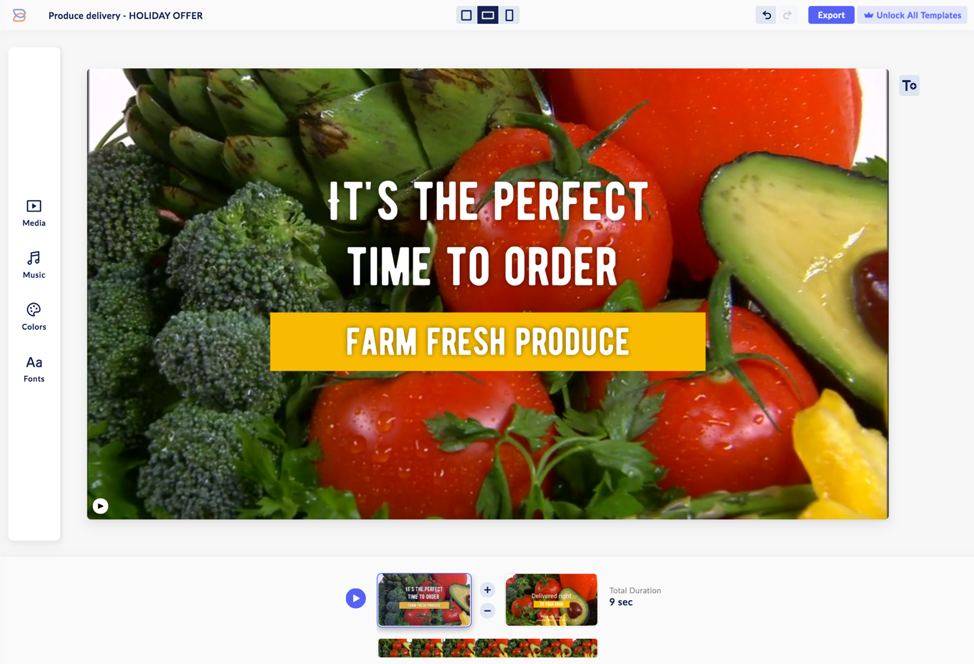
5. Subtitle your videos
85% of Facebook and Instagram users watch video on the platforms with the sound off, according to Digiday. The obvious solution: add subtitles. “Video gets them to slow their scroll, but captions get them to engage,” writes Andy Crestodina in a guest post for TechSmith. He claims the subtitles let viewers know what the video is about, helps engage foreign language speakers and those that are hard of hearing, and spares those in noisy environments from missing out.
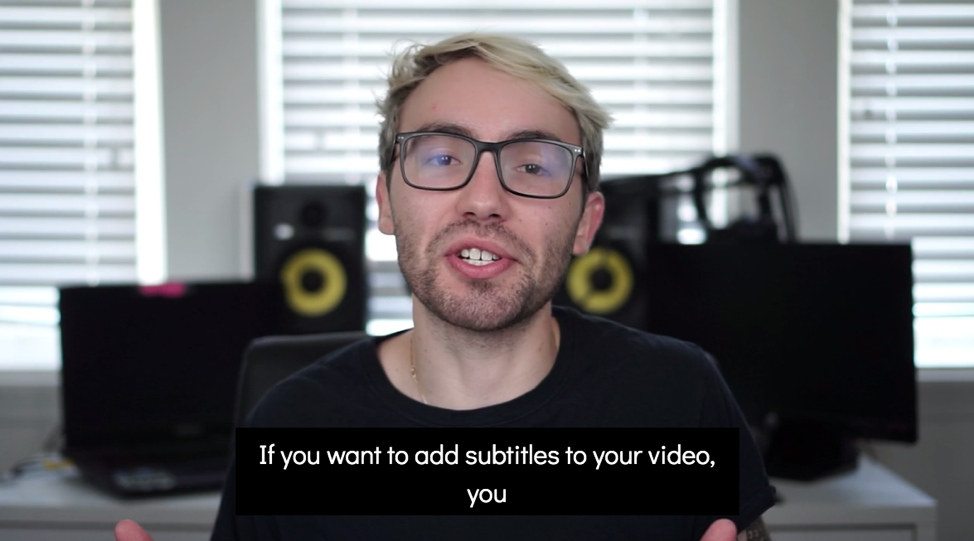
Type Studio is a crazy cool tool that not only takes care of the subtitling for you but actually allows you to edit a video by editing the text. That is, you delete a passage from the text of your video and the video responds by magically doing the same.
6. Create carousels
Carousel posts and ads have proven to increase engagement. Social Insider reports carousels generate the highest average engagement on Instagram. Shortly after introducing the format, Facebook reported carousel ads deliver lower conversion costs and substantially higher engagement.
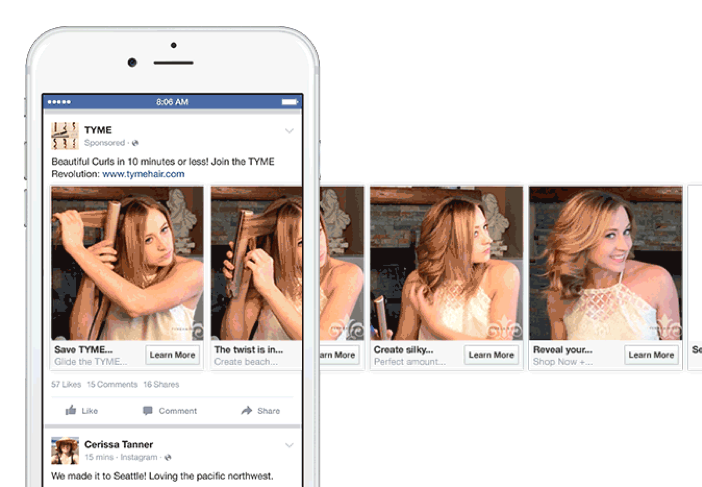
Carousel ads are inherently interactive and enable your brand to highlight specific details about one product, showcase different products and offers, or tell a story with images, video, or both.
7. Go live
Social media is now a vehicle to deliver video content directly to your prospects and customers. You can livestream on YouTube, Facebook, Instagram, Twitter, and LinkedIn to announce new products, create demonstrations or how-to videos, broadcast an event, and host webinars.
Facebook users are 4x more likely to watch live streams than recorded videos, according to Sprout Social. Livestream marketing boosts sales intent amongst your target audience by 97% and solidifies brand association by 139%, says Business News Daily.
Try it. Livestreaming is cost-effective (er, free), engaging, and its transparency encourages trust.
Start experimenting with scroll-stopping strategies
With or without graphic design and video production skills, it’s become easy to produce visual content to win the attention of social media users. Try putting the tools and tactics presented here to work to make visual marketing a consistent part of your content marketing and digital advertising strategy.
